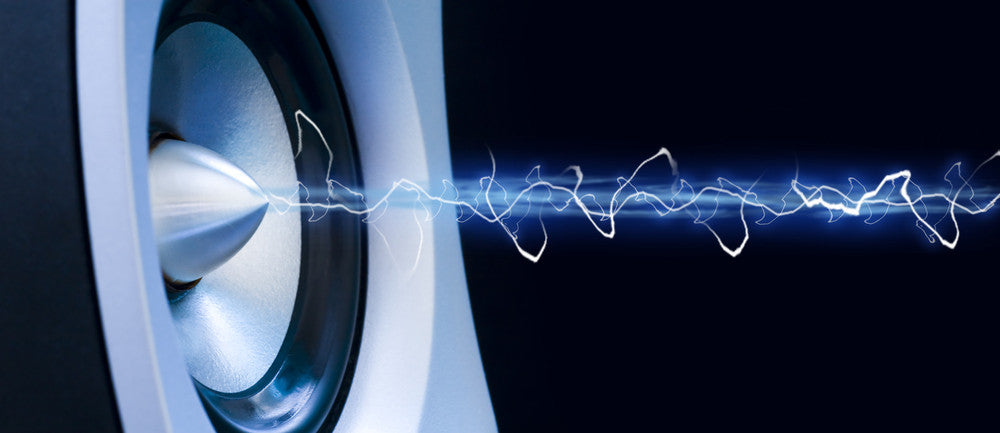- Continue Shopping
- Your Cart is Empty

Back to the Basics- The Physics of Speakers
Did you know researchers and engineers have found that sound frequencies can levitate small objects and particles, create electricity, determine the temperature of gas and even perform brain surgery without a single incision?
Sound is an amazing, extraordinarily powerful indulgence to our senses that we interact with on a daily basis, particularly with speakers in technology, whether the sound is erupting from our televisions, cell phones, computers or home theater systems. So how is this miraculous sound created anyway? The whole process is mind-blowing and can easily be overwhelming trying to figure out on your own. However, it’s not really that complicated and can be quite interesting if you take the time to learn. Plus, you’ll most certainly understand your speakers on a different level. If you’re curious about learning the physics of speakers, here’s how your loudspeakers work to produce all of that delightful sound filling your ears:
Imagine your speakers are full of air. When a vibration occurs, air particles move around the vibration. Like the domino effect, those air particles in return move the air particles around them and so on. This carries the pulse of the vibrations around the air as what we call sound.
First, the sound travels as an electrical current from the amplifier to the speaker’s crossover. The crossover will separate the frequencies by range into three separate parts- high, mid and low frequencies.
Each driver creates sound waves by rapidly vibrating the diaphragm, also commonly known as the cone. The cones are the big circular parts of your speaker located directly in the front of your speakers that you’ll notice vibrate and emit sound. The cone is usually made of plastic, paper or metal and is attached to the wide end of the part inside of your speaker called the suspension. The suspension is made of a very flexible material that allows the cone to vibrate freely. The suspension is attached to the driver’s metal frame, which is called a basket. The narrow pencil-sized end of the cone inside of the speaker is connected to what is called a voice coil, which is a coil of wire. The voice coil and the narrow end of the cone are attached to the basket. Between the basket and the speaker coil is a ring of flexible material called the spider, which allows everything to move freely.
The motion of the cone and the driver’s metal frame, or basket, is created by an electromagnet located at the narrow end of the cone by the voice coil. The electromagnet is a coil of wire wrapped around a type of magnetic metal, such as iron. The electrical current runs through the wire creating a magnetic shield around the metal. The electromagnet and the permanent magnet interact with each other and cause the cone to push in and out with the vibrations and vibrates the air in front of the speaker creating the sound waves that delight your ears.






Modern Speakers
Author